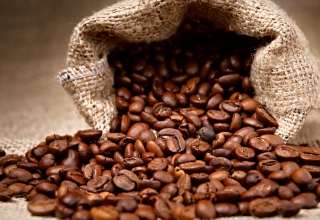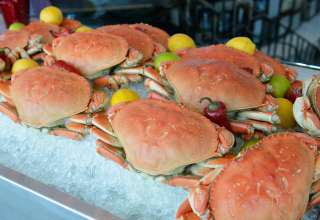A journey through the diverse world of coffee, from cheese-infused brews to spiced concoctions and everything in between
Coffee, a beloved elixir, has transcended borders to claim its place as one of the world’s most cherished beverages. The caffeine-infused embrace of coffee culture has woven itself into the daily routines and rituals of nations far and wide. While European countries like Finland, Norway, and Iceland dominate coffee consumption charts, the art of coffee-making flourishes across continents, each region adding its distinct flair to the brew. In this article, we aim to discover the unique coffee cultures that span the globe.
Finland: Kaffeost
In a land defined by resilient spirits and coffee enthusiasts, the Finnish embrace “Kaffeost,” an intriguing blend of espresso and cheese that might raise eyebrows elsewhere but resonates with the Finnish sense of adventure.
Crafting Kaffeost involves slicing curds of ‘juustoleipä’, or Finnish squeaky cheese, into little chunks or squares, which are then carefully placed into espresso cups and then covered by a cascade of hot coffee. This unique marriage of flavours results in a subtly sweetened coffee, especially delightful when savoured alongside biscuits.
The love of Kaffeost has transcended Finnish borders and spread over to neighbouring Sweden, particularly in the northern reaches. Here, the Sámi people make fantastic cheese using reindeer milk, then scrumptiously dip the cheese into their coffee, further enriching the legacy of this remarkable brew.
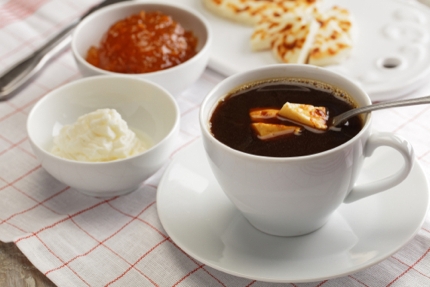
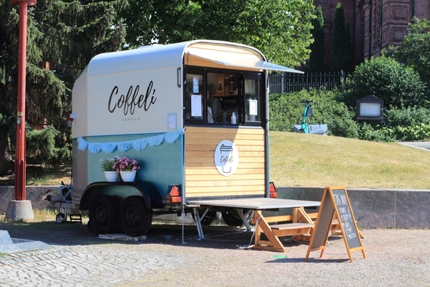
Vietnam: Cà phê đá
Vietnam’s love affair with coffee extends to “Cà phê đá,” a refreshing iced coffee that captures the nation’s distinct energy. Dark roasted Vietnamese coffee, known for its bold flavour, is coarsely ground and forms the heart of this concoction.
Cà phê đá stands out for its distinctive brewing method utilising a traditional Vietnamese coffee maker called a phin filter. The phin filter facilitates a gradual, drip-style brewing process, allowing the coffee to trickle gently into a mixture of condensed milk and ice. This infusion, very much enjoyed by locals and tourists alike, is truly a harmonious blend of strength and sweetness.
For those seeking an extra protein punch, head to Hanoi and seek out Cà phê Trú’ng, a condensed milk-sweetened coffee with a beaten egg yolk in it.
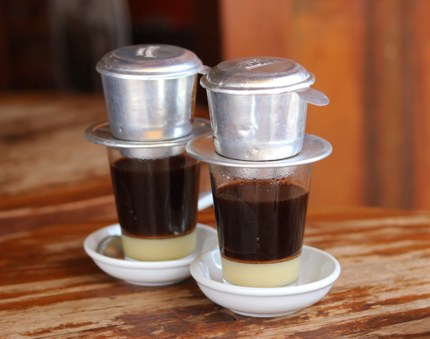
South Korea: Dalgona Coffee
If you’ve been attentive to social media, you’ve likely encountered captivating images of “dalgona” coffee or whipped coffee making their presence felt across every platform. The BBC aptly characterises dalgona coffee as “a cappuccino turned on its head, with the frothy coffee on top and the milk underneath”.
Creating dalgona coffee involves blending and whipping together instant coffee, sugar, and hot water until they form a dreamy, cloud-like froth. You can check the readiness by ensuring that the hand-held electric mixer sustains stiff peaks when the whisk is lifted.
In a separate cup, a stream of hot milk is gently poured then gracefully adorned with the frothed coffee mixture, culminating in a picture-perfect delight worthy of an Instagram post.
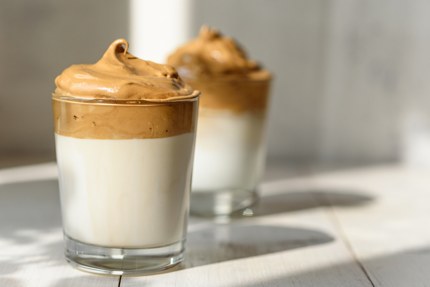
Malaysia & Singapore: Kopi
In the bustling streets of Malaysia and Singapore, “Kopi” holds its crown as the favoured brew, accompanied by an array of local variations. The authentic creation of kopi commences with Robusta beans, which undergo an essential transformation. Before they’re ground into a fine powder, these beans are meticulously roasted with a blend of sugar and margarine, paving the way for a distinct flavour profile.
Making kopi involves filtering the coffee powder with boiling water through a muslin bag. Subsequently, the brew is transferred between large kettle-like containers that serve to aerate and cool it.
There are about a dozen variations of kopi. Terms like kopi-o-kosong (strong black), kopi-c (with sugar and evaporated milk), and kopi-siew-dai (with less condensed milk) offer a glimpse into the nuanced world of this aromatic delight.
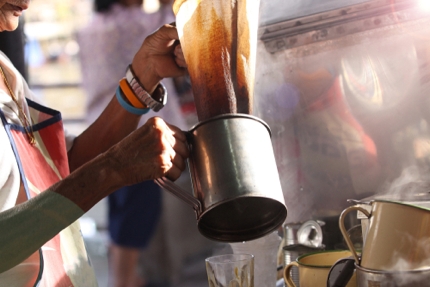
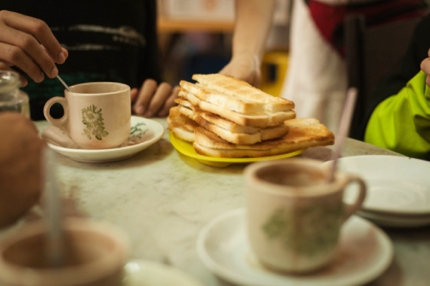
Turkey: Turkish coffee
Turkish coffee, inscribed on UNESCO’s Representative List of the Intangible Cultural Heritage of Humanity, embodies the essence of hospitality, friendship, refinement and entertainment that permeates into every facet of life.
Ground coffee, cold water and sugar are added to a coffee pot and brewed. The coffee is strong and unapologetic, and the grounds at the bottom of a finished cup become a canvas for fortune-tellers to weave stories from the sediments.
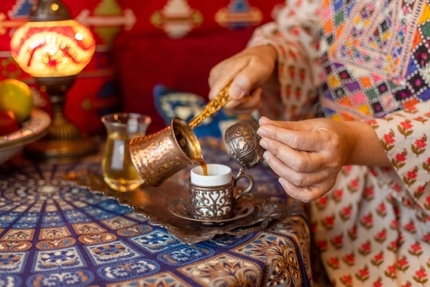
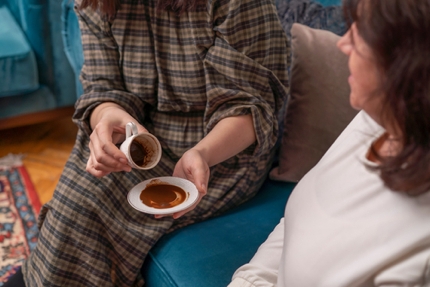
Saudi Arabia: Qahwa
Saudi Arabia’s “Qahwa”, a symbol of generosity, is the second coffee culture that is inscribed on UNESCO’s Representative List of the Intangible Cultural Heritage of Humanity. Often infused with cardamom and sometimes saffron, this coffee occupies a central role in Saudi social gatherings. It is worth noting that convention dictates enjoying at least one cup but observing a limit of three cups in one sitting.
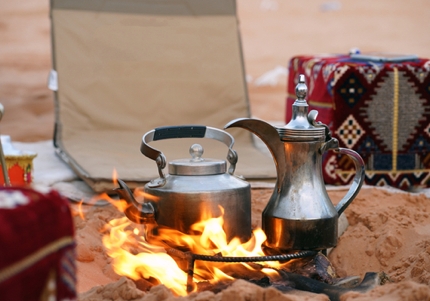
Senegal: Café Touba
Senegal’s “Café Touba” infuses the allure of coffee with the vibrancy of spices. Named after the city of Touba, this coffee boasts a distinct kick, thanks to the inclusion of Guinea pepper. The blend resonates with locals and has transcended borders to captivate palates in Guinea-Bissau.
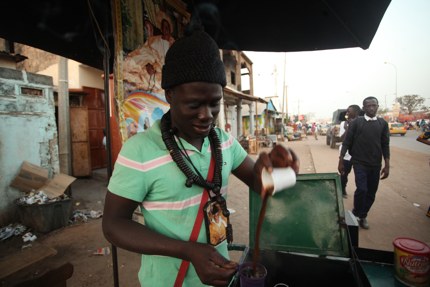
Ireland: Irish coffee
A cordial combination of coffee, Irish whiskey, sugar, and cream, Irish coffee offers solace and invigoration. It’s also a concoction that has woven itself into Irish lore, offering respite from hangovers or an extension of revelry.
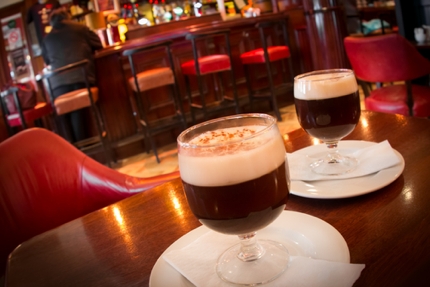
Morocco: Spiced coffee
The labyrinthine alleyways of Moroccan markets whisper tales of spiced coffee, where the deep, dark elixir is infused with cinnamon, black pepper, nutmeg, and cardamom. Each sip unveils layers of aroma and history.
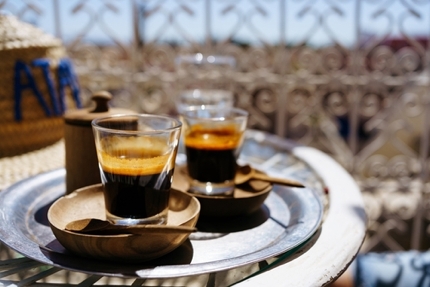
India: Kaapi
Masala Chai is synonymous with India, but in the southern states, ‘Kaapi’ takes the spotlight. Brewed through a distinct coffee filter akin to drip brewing, this concoction – a blend of coffee, hot milk, sugar, and chicory powder – is presented in a metal cup nested within a ‘dabarah’ saucer.
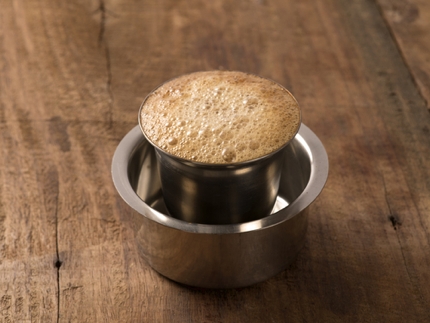
Mexico: Café de Olla
In Mexico, “Café de Olla” is a spiced coffee made with cinnamon and piloncillo (unrefined cane sugar). It’s traditionally brewed in a clay pot (believed to impart a unique flavour to the coffee) and is a popular accompaniment to Mexican cuisine.
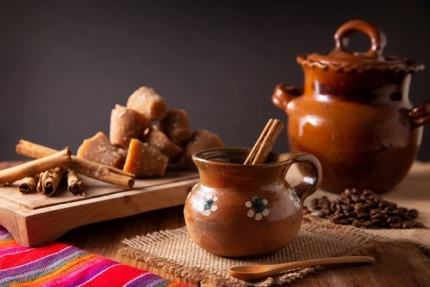
Colombia: Tinto
In Colombia, “Tinto” is a simple black coffee that’s also an essential part of daily life. You can also try a Tinto Campesino, a cup of basic tinto sweetened with panela (unrefined cane sugar).
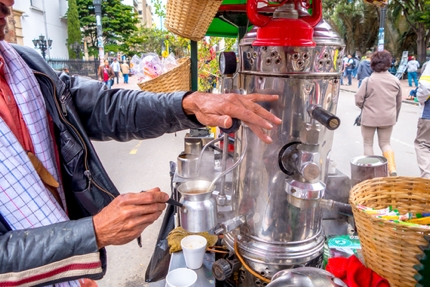
Italy: Espresso
While espresso is widely enjoyed around the world, Italy’s espresso culture is iconic. The concentrated shot of coffee is a cornerstone of Italian social life, with espresso bars being hubs of conversation and camaraderie.
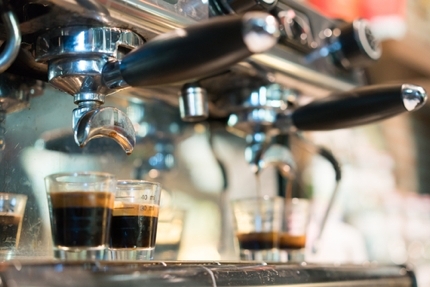
This article was updated in August 2023.


